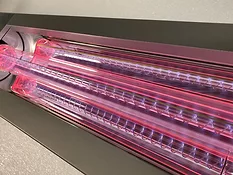
UV/EB Curing Equipment
Ovens, lamps and other systems to cure or dry coatings.
Articles
More ArticlesKeep the info flowing with our eNewsletters!
Get the latest industry updates tailored your way.
JOIN TODAY!Copyright ©2026. All Rights Reserved BNP Media.
Design, CMS, Hosting & Web Development :: ePublishing



